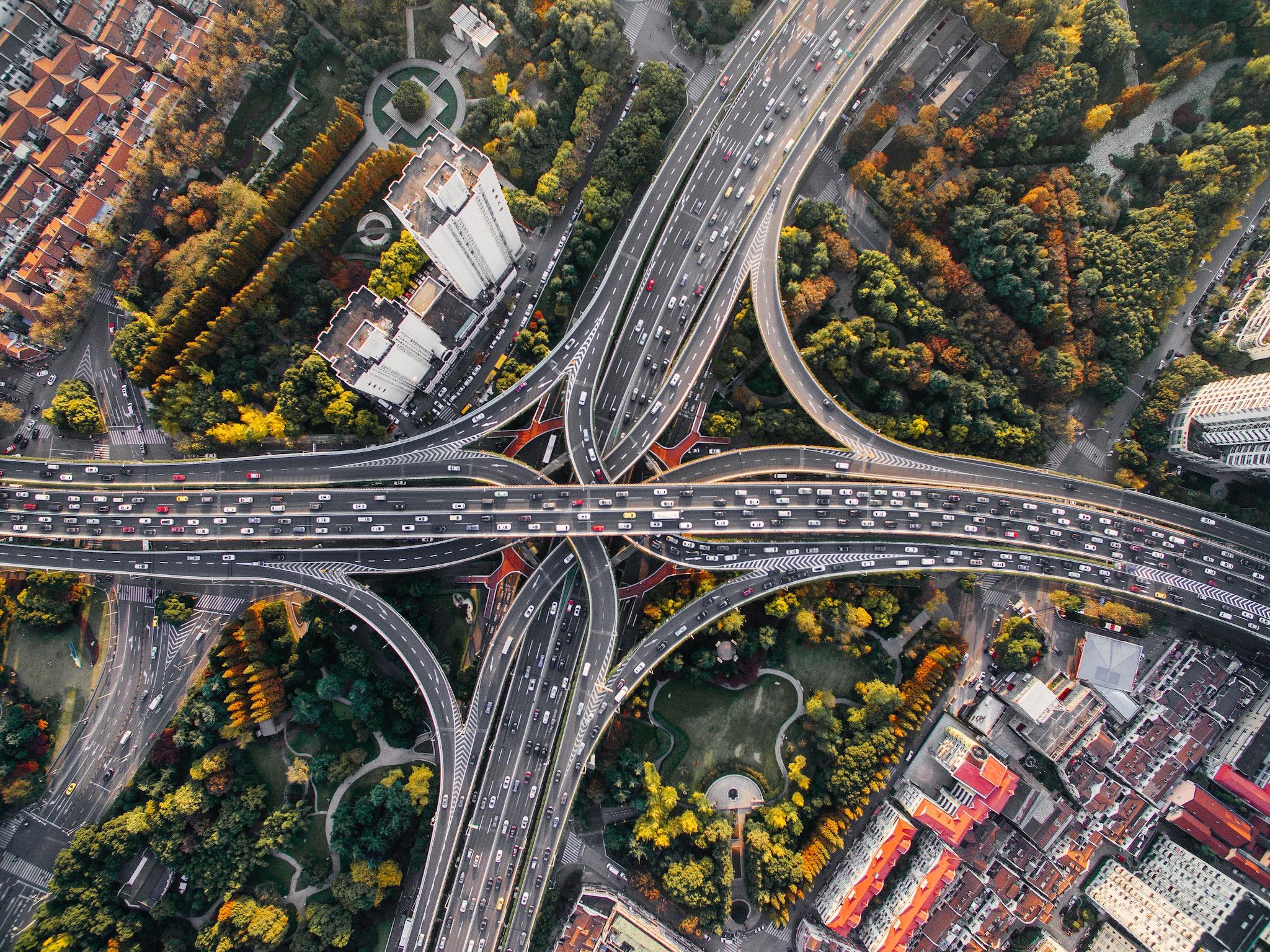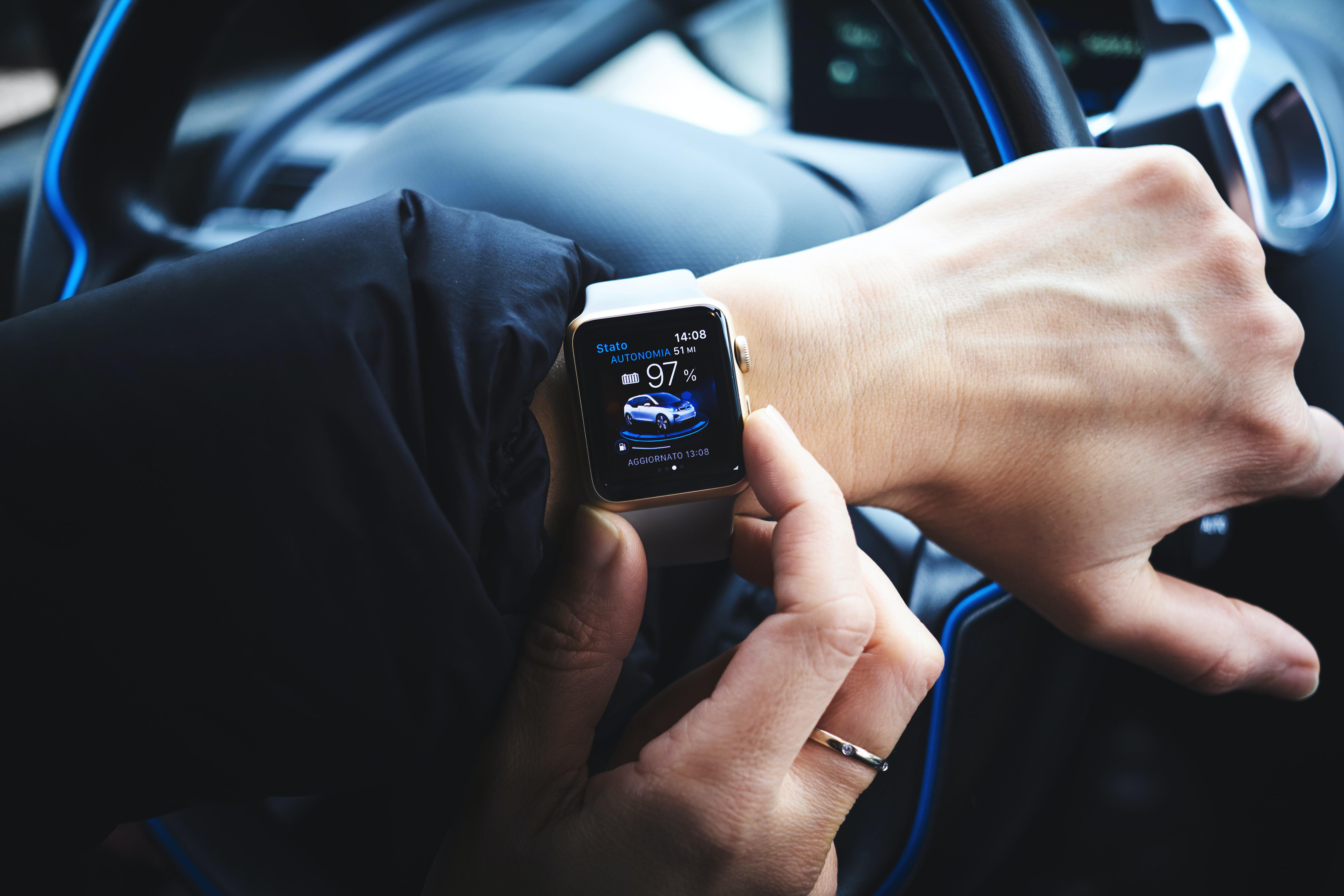9 ways self-driving vehicles could change tourism

(Getty Creative)
- A study examines how autonomous vehicles could change the tourism experience
- Removing a human driver adds some new possibilities, like personalized sightseeing tours
- Sex on wheels, anyone?
While experts and manufacturers often assert that self-driving vehicles will come to market by 2020, others are skeptical, as some required elements are far from realization, among them digital maps for cars and cheap enough onboard sensors, computers, and power supplies. (Current hardware is prohibitively expensive for mass production.) Also, more robust networks will be required for all of these connect vehicles. Still, people are already considering the eventual passenger experience — what will we do as we’re ferried hither and yon?
In the January 2019 issues of Annals of Tourism Research is an article by the University of Surrey’s Scott A.Cohen and Oxfords’ Debbie Hopkins. The article’s called “Autonomous vehicles and the future of urban tourism,” and it examines the impact of future autonomous vehicles on urban tourism. The researchers consider the ways in which sightseeing, recreation, and lodging may change once the technology has matured to the point that vacationers are comfortable enough to let their connected autonomous vehicles, or personal CAVs — and shared, connected autonomous vehicles, or SCAVs — do the driving. Absent the cost of human drivers and with the presumed greater safety — especially with the removal of jet-lagged travelers from behind the wheels of rental cars — Cohen and Hopkins suggest a number of things that could be different.

(Getty Creative)
1. Self-driving taxis
One of the sectors benefiting most from current tourism is taxi drivers. With self-driving vehicles, however, cab drivers could be largely put out of business. On the other hand, self-driving cars are expect to be safer than human-driven cars, so passengers may prefer a less dangerous ride through a new city.
2. Targeted sightseeing
Imagine sightseeing vehicles programmed to satisfy the visitors being shown around town. A pre-trip questionnaire could result in a map optimized for the travelers’ interests, reducing the potential for wasted ho-hum vacation moments.
The authors note a couple of potential downsides. First, once the sightseeing vehicle “knows” what interest you, would it also bombard you with onboard targeted ads? Also, the impact of private sightseeing CAVs — as opposed to multi-traveler SCAVs — could lead to greater urban congestion.

A car drives beside a Route 66 highgway mural in the downtown district of Albuqurque, New Mexico on October 1, 2018. MARK RALSTON/AFP/Getty Images
3. Extended sightseeing
Another possible outcome the authors suggest is that sightseeing tours could inexpensively cover larger areas, allowing for more expansively themed trips. Onboard recreations could be provided to keep visitors engaged and amused. Which brings us to…
4. Rolling hotel rooms
With tourists feeling safe in their vehicles, why not catch some sleep en route to the next destination? Ideally, it would look a more comfortable than this, but the thought is there. If people can catch sleep on planes, why not make ground travel more sleepable and appealing?
5. Rolling entertainment
Or you could catch a show. How about a movie, or some sort of VR/AR entertainment? Experiencing a VR environment — related to your real location or not — could be a really fun way to get from place to place.

(Getty Creative)
6. If the SCAV’s rocking, don’t come a-knocking
The report notes the relative lack of interest in studying nyctalopia in that academia “tends to overlook what happens when night falls.” Thinking about this, though, autonomous vehicles may see “a variety of practices and emotions gain traction within a particular space-time which generates a special atmosphere associated with particular activities, experiences and possibilities.” Night-time travel, like any night-time venue, could provide a mobile setting for “criminal acts, a rendezvous for lovers, nonconventional behaviors, or organizing rebellion.”
So, yeah, mobile sex. And maybe revolution.
7. Events and parties
Could larger CVAs contain moving events or parties that allow an organizer to control the atmosphere more absolutely without concerns of its effect on a stationary space? We’re thinking easier cleanups, better security, etc. SCAVs could also gather its participants as as the night rolls on.
8. Restaurants and bars
If diners enjoy viewing a skyline from up high while eating, why not the ever-changing nighttime cityscape of well-planned urban tour passing by at ground level? The same could apply to watering holes — why just stare at a bartender when you could be taking in the sights?

NANJING, CHINA – OCTOBER 31: Abandoned vehicles sit parked inside an industrial park on October 31, 2018 in Nanjing, Jiangsu Province of China. Photo by VCG/VCG via Getty Images
9. Less parking to be done
One great way to make money for a developer is to open a parking garage in a popular tourist destination. With tourists riding around in SCAVs instead of private vehicles, though, that investment seems considerably less attractive. Of course, tourists will no longer have the difficulty or expense of finding somewhere to park. On-street and roadside parking would also be less necessary, and the authors wonder, “What if parking lots and roadside parking could be transformed into city parks, event spaces and bike lanes?”
Automated tourism of the future, or not? Discuss.
Taxis, sightseeing, and parking changes all seem inevitable and desirable. But it’s fair to ask of this study exactly how much of this ambulatory activity is actually desirable, or even that new? After all, people sleep on trains as they travel already, and on planes. Would people prefer sex for some reason in a moving vehicle to a stationary room somewhere? (Mind the potholes.) Much of what’s envisioned in the study is already doable with a human driver, and one wonders how much more popular such activities would become absent that one factor — we see very few people engaging in them now. We’ll have to wait and see.










